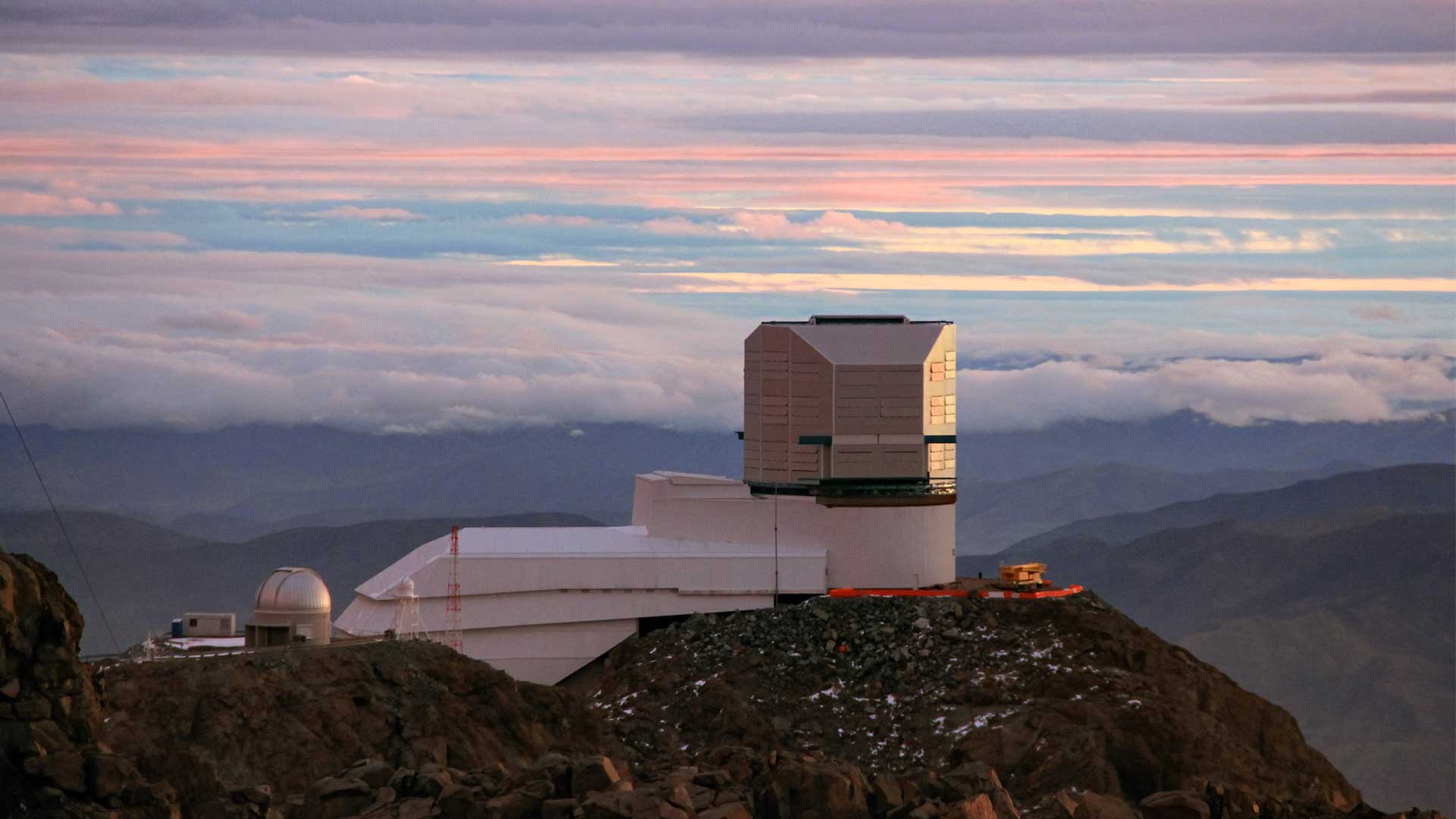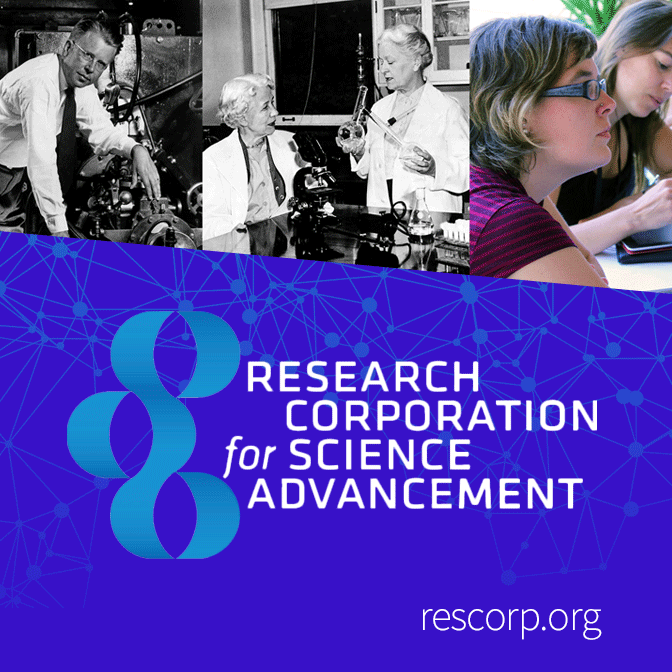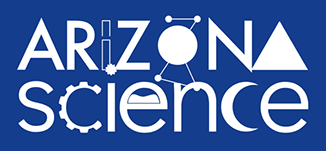
Vera C. Rubin Observatory/NOIRLab
Astronomers with the Vera Rubin Observatory are on track to start their work early next year. Project outreach and education director Alan Strauss discusses how they will use the largest camera ever built to take a highly-detailed time-lapse look at our universe.
Alan Strauss spoke with Tim Swindle, professor emeritus of Planetary Science at the University of Arizona.
Catch Arizona Science each Friday during Science Friday on NPR 89.1. You can subscribe to our podcast on Apple Music, Spotify, Amazon Music, or the NPR App. See more from Arizona Science.
MORE:




By submitting your comments, you hereby give AZPM the right to post your comments and potentially use them in any other form of media operated by this institution.